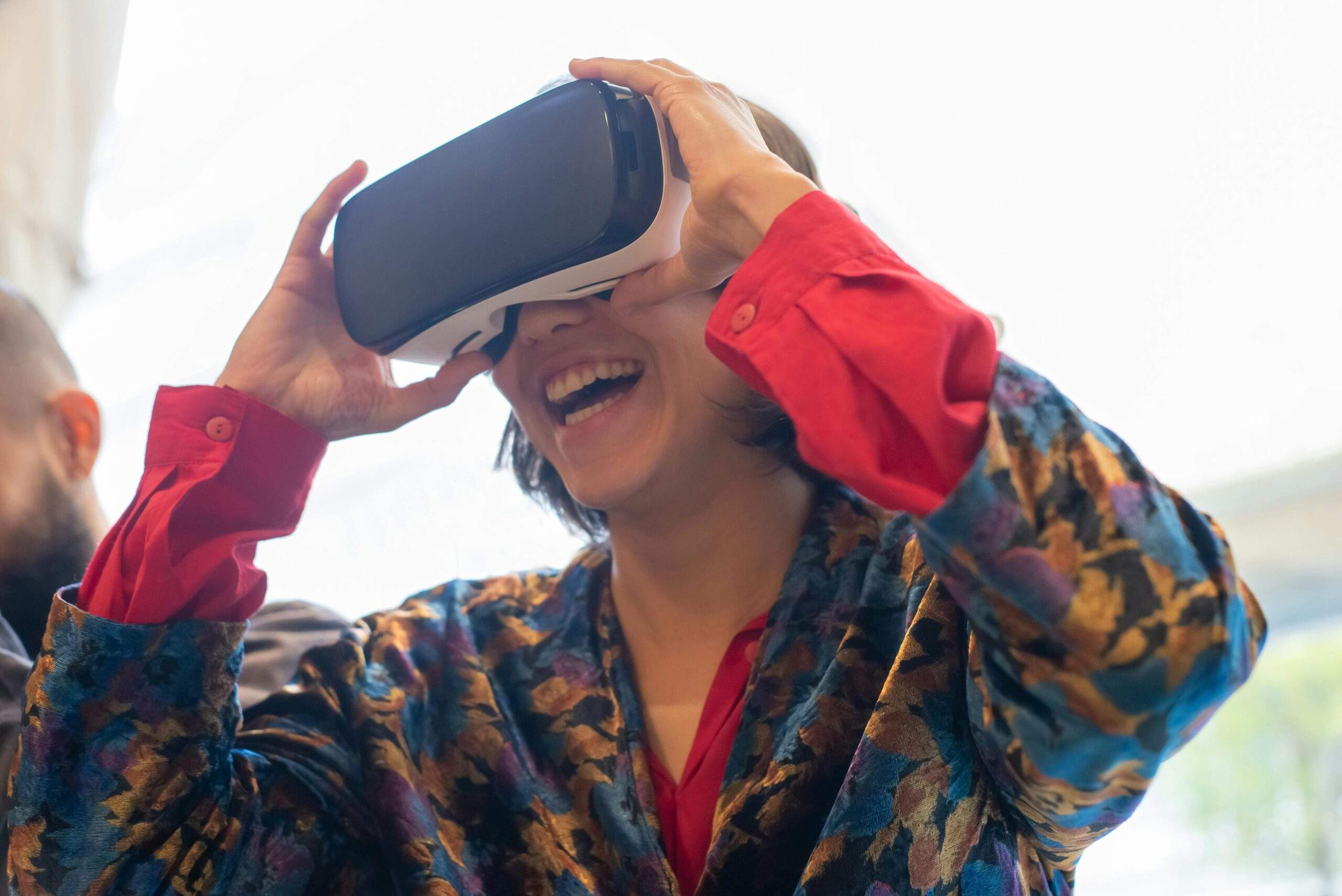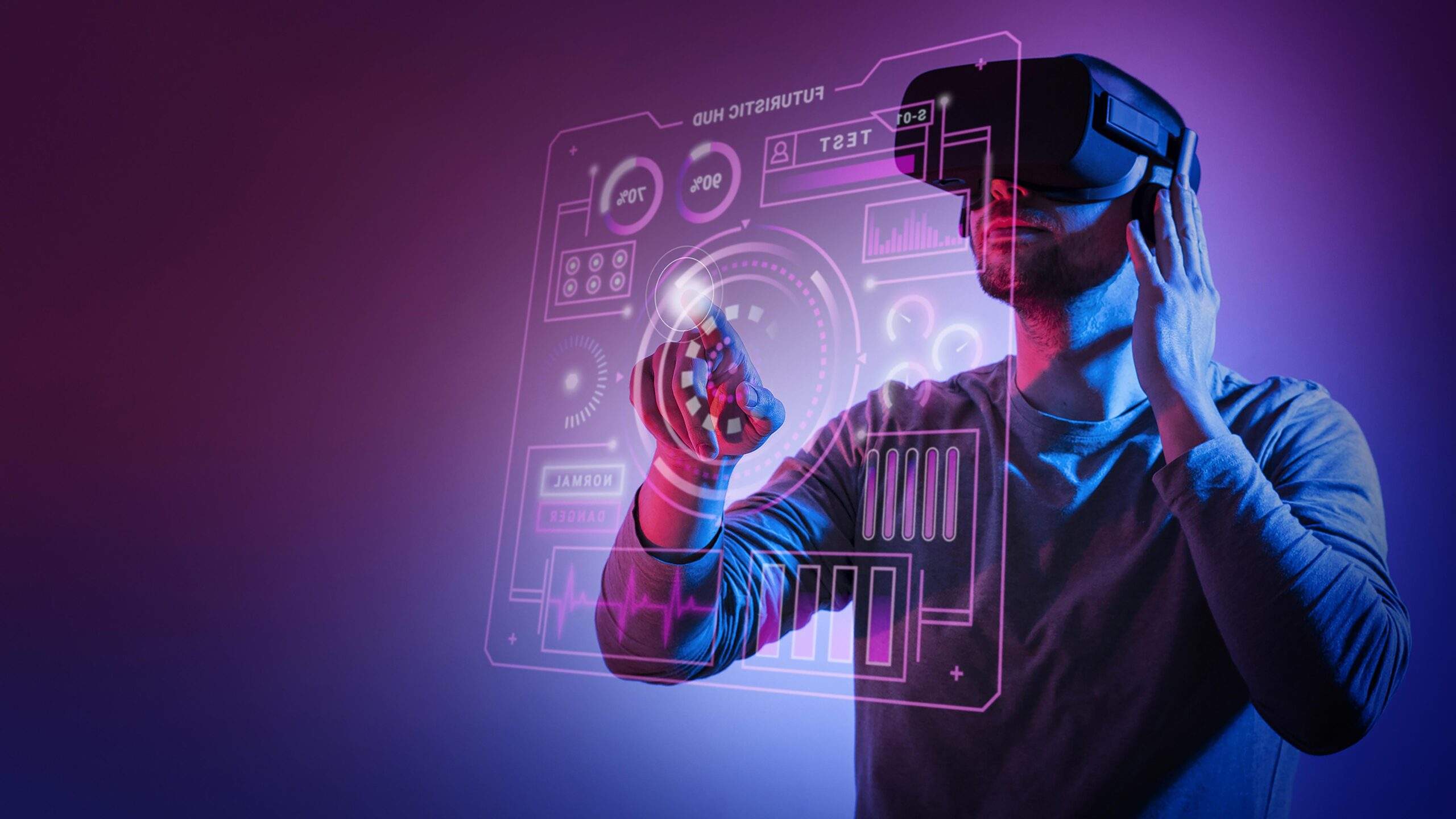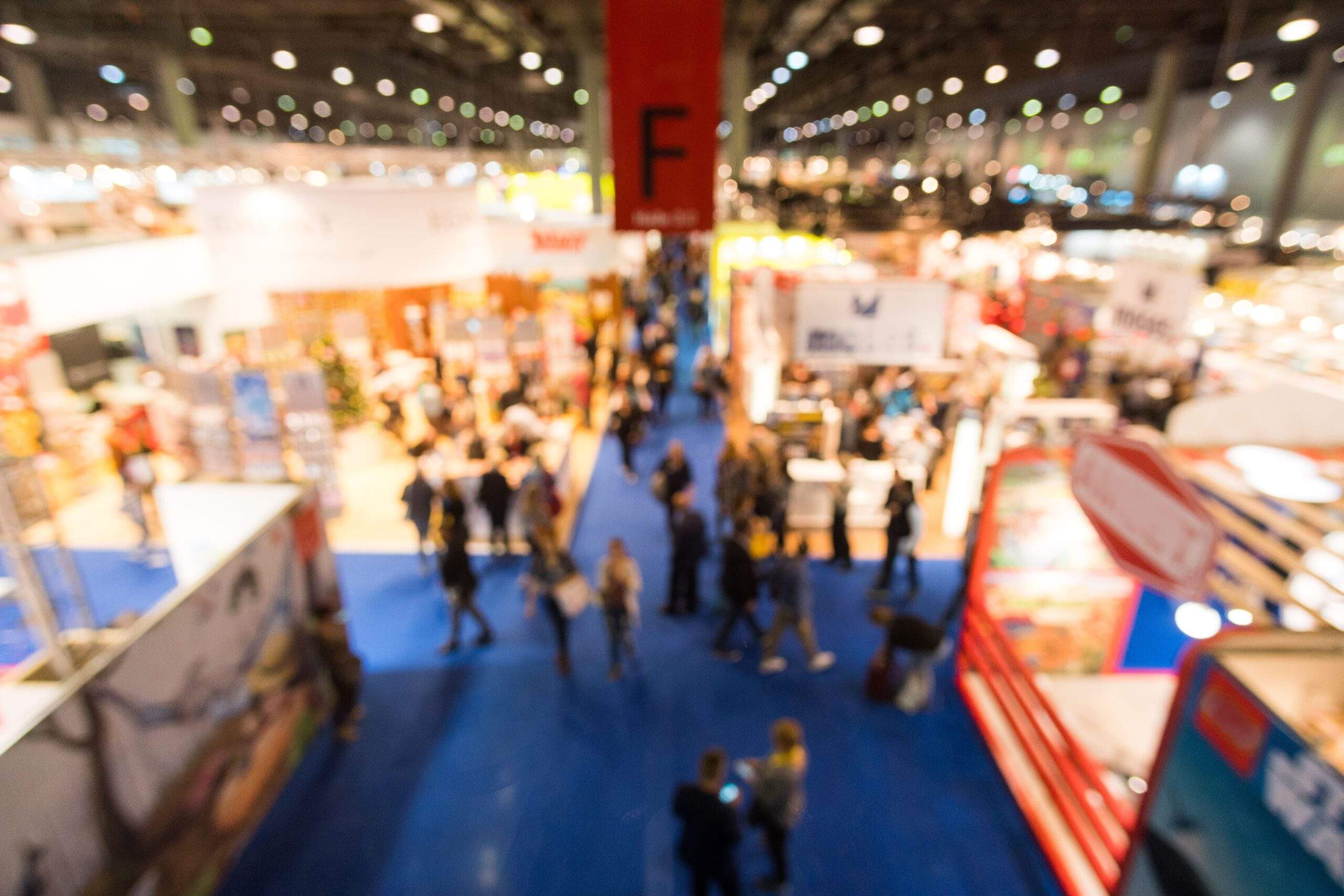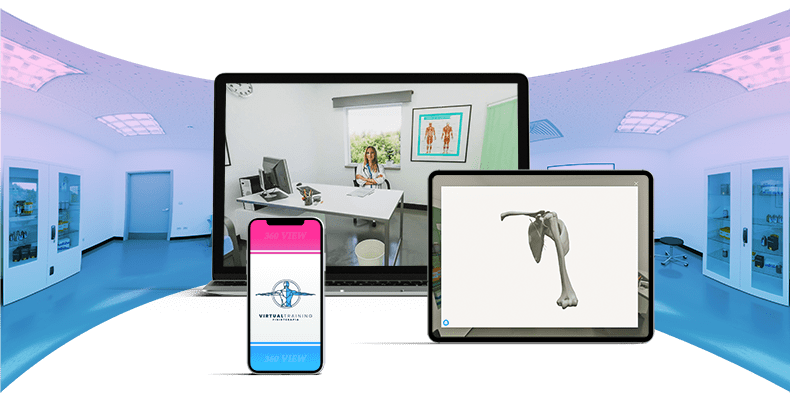Artificial intelligence and virtual and augmented reality are redefining the landscape of artistic expression and the creative process. These emerging technologies are not just a new tool for artists, but they represent a change from past models, with the potential to revolutionize the way we create and experience art.
Art and Artificial Intelligence: Beyond Imitation, Towards Creative Collaboration
Artificial intelligence, with its ability to learn and adapt, is already embedded in the world of art. Artificial intelligence algorithms are capable of generating works of art by imitating the styles of great masters, as well as creating completely new ones. However, the true potential of AI does not lie in replacing humans, but rather in its ability to expand their possibilities. It can act as a creative partner, offering artists new tools to explore and express their ideas. It can analyze large amounts of data, identify patterns, and generate intuitions that can inspire artists and guide their creative process.
An example of art that uses artificial intelligence is represented by BOB (Bag of Beliefs), a virtual entity created by artist Ian Cheng. BOB, a mysterious snake-shaped creature, has a body and a personality that are always growing. BOB interacts with users through an iOS app, which allows viewers to influence its behavior. Through BOB, Cheng explores the autonomous evolution of his creations, challenging the feelings of confusion and cognitive dissonance caused by the constant change of the real world.
New Dimensions: Virtual and Augmented Reality in Contemporary Art
Virtual and augmented reality also offer a new dimension to the world of art. They allow artists to create immersive experiences that blur the line between what is real and what is virtual, and they offer new ways of engaging with art.
Augmented reality, by overlaying digital layers onto the physical world, transforms the surrounding space into a dynamic stage where new expressive forms can be explored. Pioneering artists are leveraging this technology to create interactive installations that challenge the traditional boundaries between the artwork and the observer, allowing the public to immerse themselves in unique sensory experiences. Likewise, virtual reality allows viewers to enter the artwork, explore it from different perspectives, and interact with it in ways that were previously unimaginable.
Marc O Matic blends pen drawings with innovative technology, in tones of copper and metal. His style, a fresh reinvention of steampunk, is distinguished by the use of augmented reality (AR) and engaging sound design that enriches the narrative of his works. The choice to maintain an aura of anonymity online, in the manner of artists like Daft Punk and Corpse Husband, adds an enigmatic touch, allowing the public to fully immerse themselves in the fantasy of his world.
The convergence of artificial intelligence and virtual and augmented reality opens up new and exciting possibilities for art and creativity. Artificial intelligence can generate content, while virtual and augmented reality can provide the platform for their immersive presentation. These new modes of expression allow artists to experiment with narratives and spatiality, while the audience is invited to reconsider their role in interacting with art. In this context, art and augmented/virtual reality converge, opening up new horizons and provoking a deep reflection on the nature of aesthetic experience in the contemporary digital context.
AR MARKET CREATES IMMERSIVE EXPERIENCES WITH AUGMENTED, VIRTUAL AND MIXED REALITY EVEN FOR ARTS AND EVENTS
CONTACT US TO BRING YOUR ARTISTIC PROJECT TO LIFE
Sources:
https://www.labiennale.org/it/arte/2019/partecipanti/ian-cheng
https://basa-studio.com/stories/7-AR-artists-who-are-raising-the-bar





